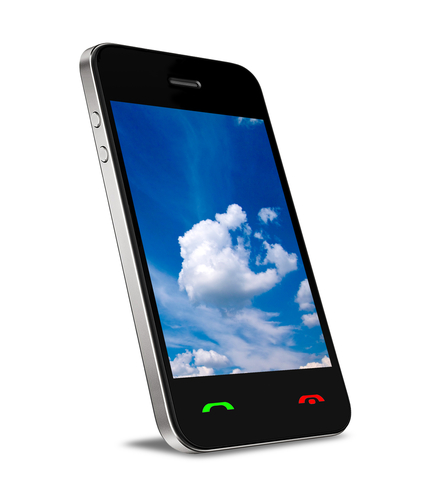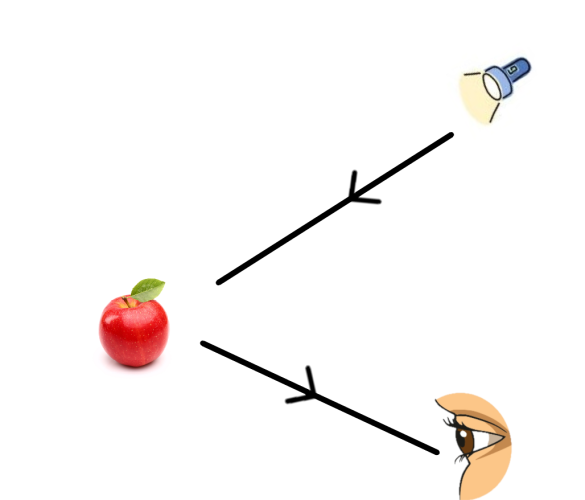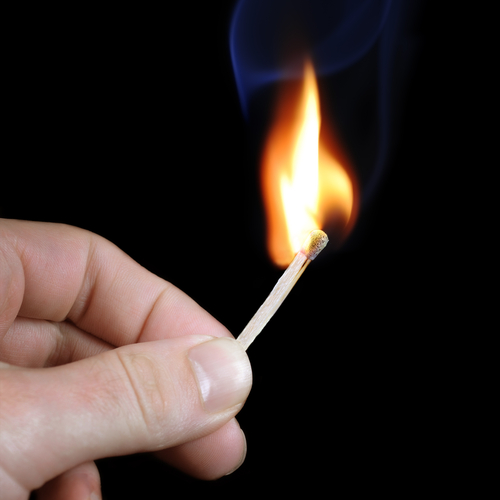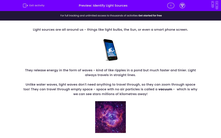Light sources are all around us - things like light bulbs, the Sun, or even a smart phone screen.

They release energy in the form of waves - kind of like ripples in a pond but much faster and tinier. Light always travels in straight lines.
Unlike water waves, light waves don't need anything to travel through, so they can zoom through space too! They can travel through empty space - space with no air particles is called a vacuum - which is why we can see stars millions of kilometres away!

Light travels incredibly fast, at about 300,000 kilometres per second. That's so fast it seems to happen right away!
When the light waves bounce off objects and reach our eyes, they create the sensation of sight, letting us see the world around us.

It's important to know the difference between a luminous object and a reflective object.
A luminous object creates its own light, like a torch, a match or the Sun.

A reflective object bounces the light waves back very efficiently, and only reflects existing light - they cannot make their own light.

In this activity, we will be looking at the differences between light sources and reflective objects, as well as revising how light travels - let's go!








